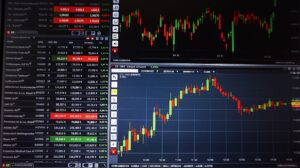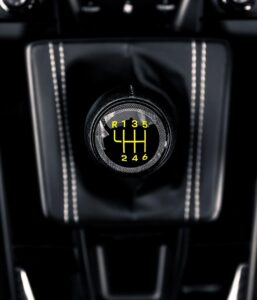
Bank notes, coins and other medium used to facilitate transactions or exchange goods and services by the people of a nation is termed as currency.
So, what determines the value of this currency in circulation?
Value of a currency is often put in terms with another currency. For instance, 1 (EUR) = 1.13 (USD); as of December 5th, 2021. This relative value of the currency is determined through trade of currencies in Foreign Exchange Markets.
The Foreign Exchange Market is a global decentralized market for trading currencies. Traders include governments, central banks, commercial banks, currency speculators, corporations and individuals.
Top currency traders as of June 2020 by volume of trade were JP Morgan, UBS, XTX Markets, Deutsche Bank, Citi and HSBC. Top traded currencies as of April 2019 were The US Dollar, Euro, Japanese Yen, Great British Pound and The Australian Dollar.
Fluctuations in currency value can be credited to supply and demand of that currency in the Foreign Exchange Market. This may depend on chances of government intervention to stabilize local currency, changes to monetary policies, interest rates, asset prices, Geo-political developments in the region etc.
Countries have used a variety of Exchange Rate mechanisms to attract foreign investment overtime. They are as follows.
Fixed Exchange Rate or Pegged Currency: The rate is fixed by the government to another currency. The central banks hold large reserves of foreign currency to maintain the fixed exchange rate. This is convenient in the short term for developing nations to attract foreign investment. Stability improves investor confidence. But the government is limited by its ability to make monetary policy changes in case of a downturn.
Crawling Peg: When countries with Fixed Exchange Rates sense a crisis looming they may periodically devalue their own currency in a controlled manner to the pegged currency to avoid market panic.
Floating Exchange Rate: The rate is determined by supply and demand in the Forex market. There’s minimal government intervention. Price discovery, inflation and deflation occur organically. This has obvious downsides when it comes to market speculation and volatility. But it is a good indicator of the long term value of that currency.
Managed Float: Government interferes and sets an upper and lower boundary for currency value fluctuations.
Dual Float: The currency in this case has two exchange rates. Imports and exports may be on a Fixed Exchange Rate while other capital transfers on a Floating Exchange Rate. This system is quiet chaotic and often may spawn black markets as people look for lower rates than government mandated rates for foreign currencies.
It is hard to tell which among the above Exchange Rate models is the best. What may be true for one country, may not be for another.
Now that we know how the value of the currency is determined, lets look at the various investments people make with their money.
This article is part of an on-going series on investing. Use category ‘Money’ to browse them all at once.






